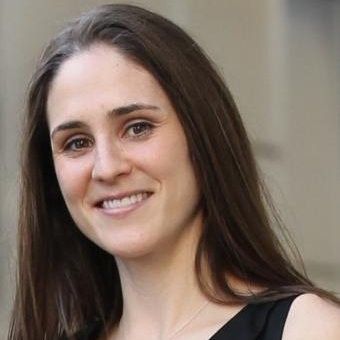Intervention Implications for CA Children

[ad_1]

A recent study found that wildfire smoke exposure is a significant concern for children, especially American Indian or Alaska Native children who experienced more days of exposure to wildfire particulate matter <2.5 μm (PM2.5) in school than other children.
Inhalation of this fine particulate matter from wildfire smoke can be detrimental to health, especially for children who have higher exposure and greater biological susceptibility, as found by previous research.
Investigators stated that schools represent an important location for targeted interventions, especially among students from low-income or socially marginalized populations, who are disproportionately affected by asthma and other conditions exacerbated by episodic wildfire PM2.5 exposure.
Therefore, investigators emphasized the need for facilities-based interventions that may be better at reducing the students’ exposure.
Who’s Impacted by California Wildfires?
Esther Velásquez, ScD, Center for Population Health Sciences, Stanford University School of Medicine, and investigators included more than 6 million students in the study to quantify exposure to wildfire PM2.5 among this population.
Of the study population, 3.2 million were Hispanic, 40,698 were non-Hispanic American Indian or Alaska Native, 643,017 were Asian, 375 436 were Black, and 1.5 million were White.
Investigators analyzed data gathered from 2006-2021, focusing on exposure to wildfire PM2.5 greater than 12 μg/m3 occurred a mean (SD) of 5,053,262 student-days per school year.
The results show that American Indian or Alaska Native students experienced the highest number of student-days of exposure to wildfire PM2.5 at all thresholds compared with other races and ethnicities.
Specifically, American Indian or Alaska Native students experienced 116,567 student-days of exposure at a threshold greater than 12 μg/m3, which is almost double the number experienced by the next highest group, non-Hispanic white students, who experienced almost 3.5 million student-days of exposure.
However, the team also noted the mean number masked substantial variation across school years, racial and ethnic groups, and schools. For example, the 2020-2021 school year had the most student-days of wildfire PM2.5 greater than 12 μg/m3 at over 31 million (Figure, A), and American Indian or Alaska Native children were disproportionately affected with a mean of 9.4 student-days per student compared with the overall mean of 5.5 student-days.
The same year, just 15% of schools accounted for half of all student-days of this exposure, and just 4% accounted for half of all student-days among American Indian or Alaska Native children.
Interventions for Air Pollution Exposure
During the 2006-2007 school year, 0.5% of schools accounted for 50% of all wildfire PM2.5 student-days among American Indian or Alaska Native students. These results remain consistent at other wildfire PM2.5 thresholds.
Wildfires resulting in exposure to PM2.5 are likely to increase in both intensity and frequency due to anthropogenic climate change, the study cited. Any exposure is can be hazardous, especially to children with reduced lung functioning, asthma, reduced neuropsychological functioning, and increased hospital admissions.
Investigators stated that schools offer an ideal site for equitable interventions since children spend much of their time there. While existing interventions focused on individual behavior (eg, masking, reduced outdoor time) may have a lower upfront cost, facilities-based interventions (eg, portable air cleaners and central heating, ventilation, and air conditioning are necessary to address this public health concern.
References:
- Velásquez EE, Benmarhnia T, Casey JA, Aguilera R, Kiang MV. Quantifying Exposure to Wildfire Smoke Among Schoolchildren in California, 2006 to 2021. JAMA Netw Open. 2023;6(4):e235863. doi:10.1001/jamanetworkopen.2023.5863
[ad_2]
Source link
